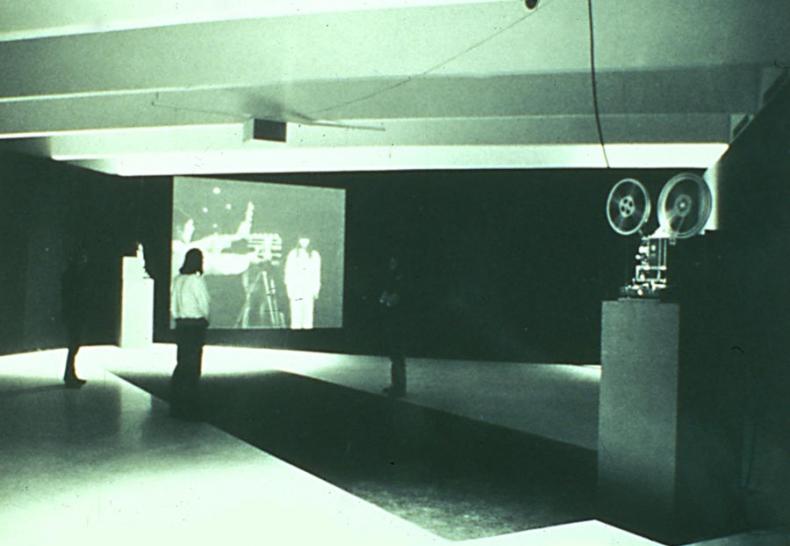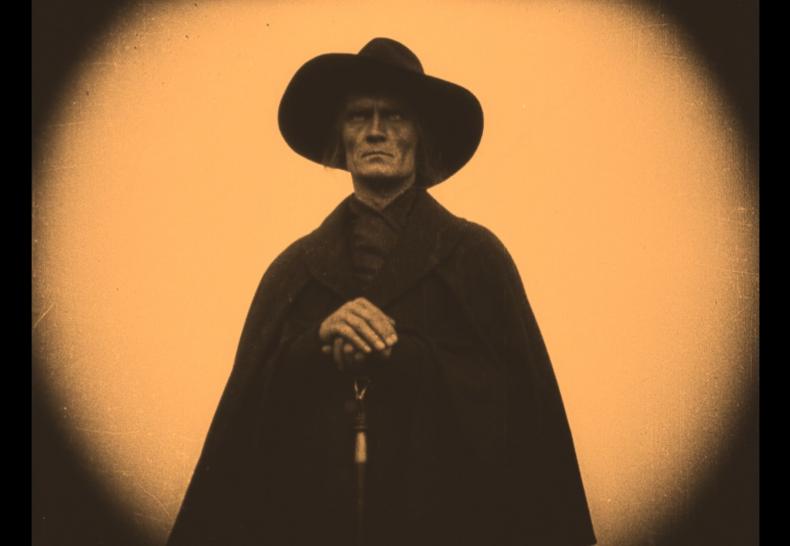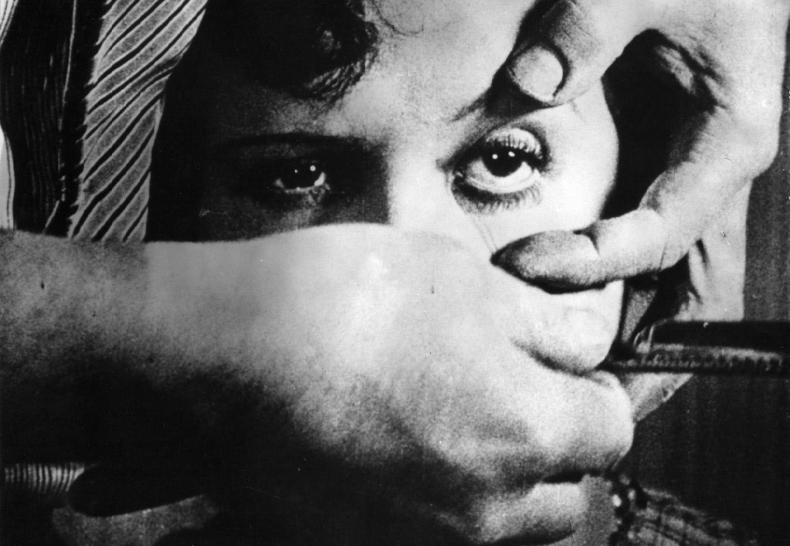No 10: Kino zwischen Text und Körper
No 10: Kino zwischen Text und Körper
[english version below]
Im Diskurs der Film- und Medienwissenschaft spielt die Dimension des Körpers seit den neunziger Jahren eine bedeutende Rolle. Untersucht werden die Repräsentation des Körpers, die Bedingungen der Rezeption, die Verbindung von Body und Gender, die spezifische Medialität des Films etc. Das Somatische wird in vielen Positionen zum zentralen Forschungsgegenstand. Dies kommt einer Trendwende gleich. Der Körperdiskurs löst die seit den sechziger Jahren vor allem in Frankreich und im angloamerikanischen Raum entwickelten Ansätze ab, die Film fast ausschließlich als eine Form von Textualität begriffen. Diese Ansätze entwickelten sich im Umfeld von Semiotik, Strukturalismus und Psychoanalyse. Dabei wurde nach den Möglichkeiten der spezifisch filmischen Bedeutungsproduktion und -konstitution gefragt. Beide Perspektiven auf Film – die neueren Ansätze zum Körper und die klassischen Texttheorien – stehen allerdings bislang eher unvermittelt nebeneinander. Dies ist insofern bemerkenswert, als Film und Kino beide Dimensionen ständig miteinander zu verbinden scheinen.
Vor diesem Hintergrund hatten wir für ein Call for Papers im Rahmen des Bremer Symposiums zum Film (2007) folgende Fragen formuliert: Ist der Film ein spezifisches Medium der Text-Körper-Relation? Wie verschränken sich die Dimensionen von Text und Körper in der Filmrezeption? Wie lässt sich der Zusammenhang von Text und Körper in der Filmtheorie untersuchen? Wie wurde bisher in den Texttheorien die Dimension des Körpers diskutiert, und wie behandeln die neueren Körpertheorien die Textualität des Films? Warum ist ausgerechnet die Cinephilie ursprünglich mit den textuellen Ansätzen verbunden? Was macht die Blockbusterproduktionen so geeignet für den Körperdiskurs? Welches sind neben den Filmen von Almodóvar, Cronenberg, Lynch, Haneke, Ozon oder Fincher die aktuellen Trends des Kinos im Spannungsfeld von Text und Körper?
Die Reaktionen waren insofern bemerkenswert, als zahlreiche Einsendungen die Fülle und Breite der inzwischen etablierten Körperorientierung der Film- und Medienwissenschaften erkennbar werden ließen, explizit von der Texttheorie oder Filmsemiotik ausgehende Ansätze aber fast gänzlich ausblieben. Die No 10 versammelt eine Auswahl dieser Reaktionen. Die Verbindungslinien zwischen Text und Körper verlaufen dabei auf unterschiedlichen Wegen, oftmals auf Umwegen.
Dennis Göttel beschreibt die Leinwand des Kinos als Übergangsfigur, die in den unterschiedlichen theoretischen Diskursen zwischen Verkörperung und Textualität changiert. Silvia Horváth analysiert die Ästhetik von Béla Balász am Beispiel der Körpersprache
Asta Nielsens. An Angela Schanelecs PLÄTZE IN STÄDTEN untersucht Wenke Wegner beispielhaft die Arbeit der Berliner Schule
mit den Körpern der Schauspieler. Auf der Folie der bildenden Kunst und ihrer ikonologischen Bedeutungszuschreibung arbeitet Evelyn Echle die spezifischen Darstellungen der Schnitterfigur im Film heraus. Auf der Basis von Erinnerungsbildern und im theoretischen Kontext der Kulturwissenschaft nimmt Matthias Wittmann die textuelle Bedeutungsproduktion der Filmrezeption in den Blick. Die Untersuchung des pornografischen Films führt Enrico Wolf zu einer Trias von Text-Körper-Bild, von der aus die Frage nach der Sinnstiftung im Film neu gestellt werden muss. Am Beispiel von Paul Haggis CRASH argumentiert Tarja Laine, dass im post-klassischen Kino Bedeutung insbesondere über die Konzepte Haut und Berührung generiert wird. Christian Tedjasukmana unternimmt schließlich ausgehend von Claire Denis’ NÉNETTE ET BONI den Versuch, die gegensätzlichen Körperbegriffe von Merleau-Ponty und Foucault für die Filmtheorie in einer Synthese fruchtbar zu machen.
Sabine Nessel, Winfried Pauleit
No 10: Cinema Between Text and the Body
Editorial
In the discourse of film and media studies, the dimension of the body has played an important role since the 1990s. Subjects of interest have included topics such as the representation of the body, the conditions of reception, the link between the body and gender, and the specific mediacy of film. The somatic has frequently become a central object of research.
This is quite a turn of events: the body discourse replaces the approaches as they developed in the 1960s, especially in France and the Anglo-American world, which saw film almost exclusively as a form of textuality. These approaches developed in the field of semiotics, structuralism, and psychoanalysis, and the possibilities of specifically filmic forms of production and constitution were explored. Up until now, both perspectives on film—more recent approaches to the body and classical textual theories—have either stood alongside one another or been conceived in opposition.
This is notable to the extent that film and cinema seem constantly to link the two dimensions to one another. Before this backdrop we formulated a call for papers in the framework of the Bremen Film Conference 2007 with the following questions:
Is film a specific medium of the relationship between text and body? How do the dimensions of text and body intersect in film reception? How can the linkage between text and body be studied in film theory? How have the corporeal dimensions been discussed in more text-based theories, and how do the new theories of the body treat the textuality of film? Why was cinephilia originally linked to textual approaches? Why are blockbuster productions so well suited to the discourse of the body? Besides the films of Almodóvar, Cronenberg, Lynch, Haneke, Ozon or Fincher what are the current cinematic trends in the cinema when it comes to the relationship between text and body?
The reaction was quite remarkable in that many of the submissions attested to the abundance and variety of the now established bodily orientation of film and media studies, but approaches explicitly from the realm of text theory or film semiotics were almost entirely lacking. No.10 presents a selection of these reactions. The lines linking text and body run along different lines, often taking detours:
Dennis Göttel describes the screen of the cinema as a figure of transition that oscillates in the various theoretical discourses between embodiments and textuality. Silvia Horváth analyzes the aesthetics of Béla Balász using the example of Asta Nielsen’s body language.
Wenke Wegner studies Angela Schanelec’s PLÄTZE IN STÄDTEN as an example of the work of the Berlin School
, focusing on the film’s use of the actors’ bodies. On the foil of fine arts and its iconological attribution of significance, Evelyn Echle distills the specific representation of the figure of the Reaper in film. On the basis of memory images and in the theoretical context of cultural studies, Matthias Wittmann takes up the textual production of meaning of film reception. Enrico Wolf brings his study of pornographic film to a trio of text-body-image, from which the question of the meaning of film needs to be reposed. Using the example of Paul Haggis’ CRASH, Tarja Laine argues that in post-classical cinema meaning is especially generated by way of the concepts of skin and touching. Finally, Chris Tedjasukmana attempts to make Merleau-Ponty’s and Foucault’s contrary concepts of the body fertile for film theory in a synthesis, using the example of Claire Denis’ NÉNETTE ET BONI.
Sabine Nessel, Winfried Pauleit










